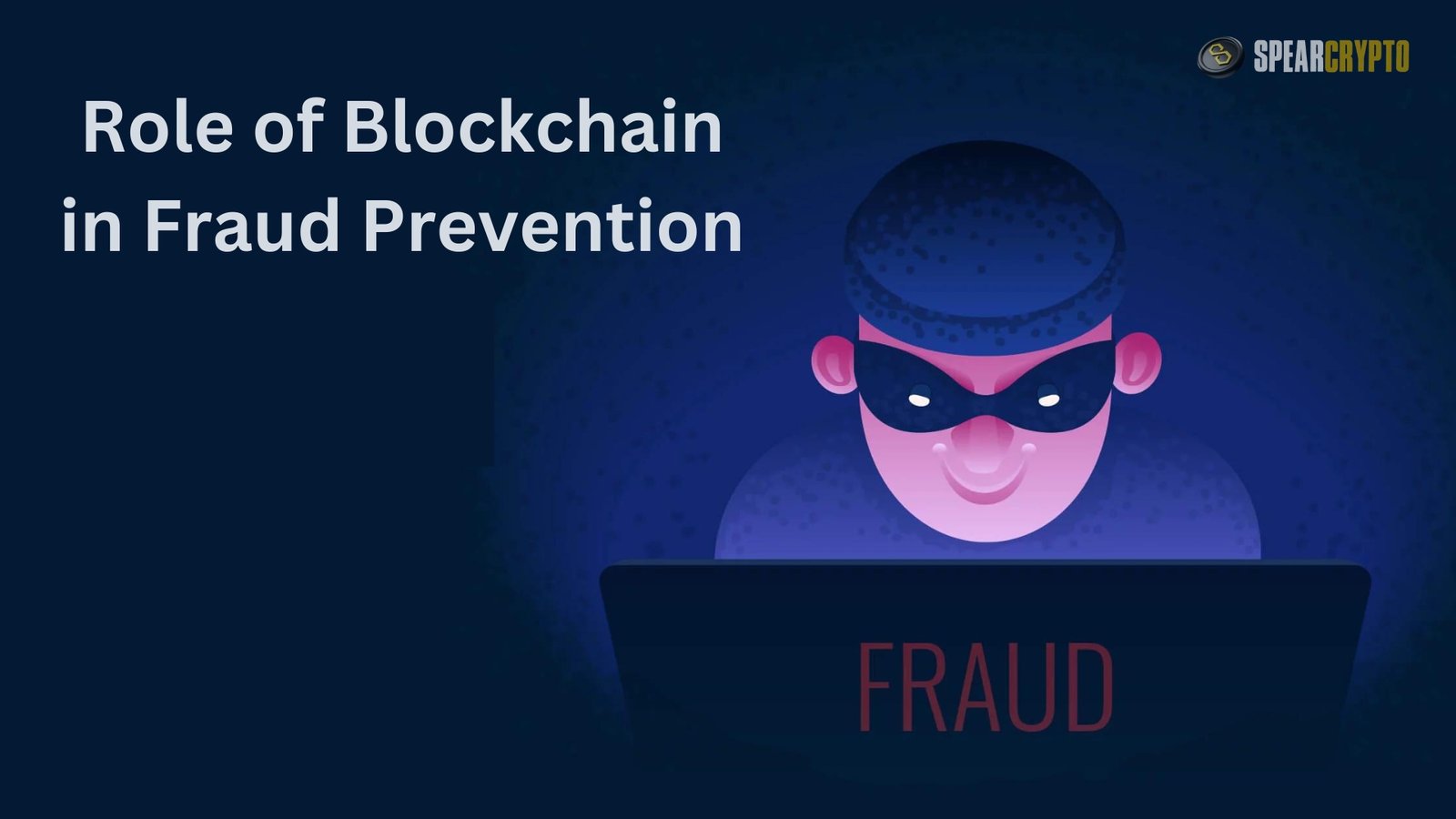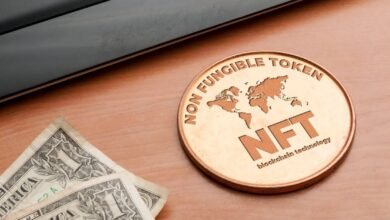
NFT Fraud: A new kind of digital ownership called a Non-Fungible Token (NFT) has recently exploded into popular culture. Whether digital art or virtual real estate, NFTs are appealing because of their one-of-a-kindness, their capacity to be proven, and the possibility that creators might make money from them. The fast growth of NFTs has attracted the attention of dishonest individuals, as is the case with every expanding business, and this has resulted in a dramatic spike in fraud. This post will review the several types of NFT fraud, how they happen, and what creators and purchasers may do to avoid falling victim.
The NFT Boom and Its Vulnerabilities
NFTs, or non-fungible tokens, are distinct digital assets that can be validated on blockchain networks, such as Ethereum. In contrast to fiat currencies like Bitcoin and Ethereum, which can be easily exchanged, NFTs are “non-fungible” due to their unique codes that distinguish them from other tokens. Unique ownership of digital objects like art, music, or even virtual land can be represented by NFTs due to this distinction.
With revenues surpassing $17 billion, the NFT business exploded in 2021. Brands, celebrities, and artists all started cashing in on the craze. However, the expansion of this industry has also brought new security holes that con artists have wasted no time taking advantage of. Many different kinds of NFT fraud and scams have flourished on blockchain due to its decentralized structure and the anonymity it frequently offers. We will explore some of the most common forms of NFT fraud.
Common Types of NFT Fraud
Counterfeit NFTs (Art Theft)
One of the most common forms of NFT fraud is the creation and sale of counterfeit NFTs. In this scam, fraudsters steal a creator’s work (often digital art) and mint it as an NFT without the original artist’s permission. They then list the stolen work for sale on NFT marketplaces, misleading buyers into believing they are purchasing a legitimate piece from the actual creator.
This type of NFT fraud exploits the lack of a standardized way to verify an NFT’s authenticity or the creator’s identity. While blockchain verifies token ownership, it does not inherently verify that the original artist created it. Many artists have reported their work being tokenized without their consent, which has led to significant frustration and loss of revenue.
Phishing Scams
Phishing scams are another prominent form of NFT fraud within the NFT space. In these scams, bad actors attempt to trick users into revealing their private wallet keys or seed phrases necessary for accessing and managing NFTs. Fraudsters typically impersonate legitimate NFT platforms, marketplaces, or even individual creators by sending fake emails and messages or setting up fraudulent websites that look identical to real ones.
Once a user inadvertently provides their private information, the scammers gain control over the victim’s wallet, allowing them to steal any NFTs or cryptocurrency. Since blockchain transactions are irreversible, victims rarely have any recourse once their assets are transferred.
Pump-and-Dump Schemes
Like traditional finance, pump-and-dump schemes have also emerged in the NFT space. In this type of scam, a group of individuals artificially inflates the value of a specific NFT or a collection of NFTs by buying them at increasingly higher prices. This activity creates the illusion of strong demand, encouraging unsuspecting buyers to purchase the asset at an inflated price.
Once the fraudsters have sold their NFTs at the peak of the artificial price surge, they quickly stop buying, causing the market for the NFT to collapse—the value of the NFT plummets, leaving late buyers with a worthless asset. These pump-and-dump schemes have increased since the NFT market is still relatively unregulated.
Fake NFT Marketplaces
Fake or malicious NFT marketplaces are designed to look like legitimate platforms but are created solely to defraud users. These websites often feature NFTs for sale that don’t exist or facilitate transactions that never go through. Sometimes, these fake marketplaces are set up to steal users’ payment information or private wallet keys.
Even experienced users can sometimes fall victim to these scams due to the sophisticated design and presentation of these fraudulent platforms. Once a transaction is completed, users often find that they have been charged without receiving any NFT or that their wallets have been compromised.
Rug Pull Scams
A “rug pull” occurs when the developers of an NFT project suddenly abandon it, taking with them all the funds that investors or buyers have contributed. This type of scam often occurs in new, highly speculative projects where developers promise extensive future development, such as in-game assets for virtual worlds or metaverse applications.
Investors or buyers, typically cryptocurrency, contribute funds to support the project’s development. However, instead of delivering on their promises, the developers vanish, leaving buyers with worthless tokens and no further development on the project. Rug pulls are particularly common in decentralized finance (DeFi) ecosystems that overlap with the NFT market.
Impersonation and Social Engineering
Another tactic scammers use in the NFT space involves impersonating well-known creators, collectors, or influencers. Using social media, fraudsters may reach out to potential buyers, offering them a chance to buy exclusive NFTs or participate in special events. Often, these scammers create fake profiles that look remarkably similar to the real ones, with stolen images and fake endorsements.
In some cases, social engineering plays a role, where the scammer builds trust with the victim over time before executing the NFT fraud. This could involve impersonating customer support or a fellow collector offering advice, leading the victim to transact on a fake marketplace or share their wallet credentials.
Role of Blockchain in Fraud Prevention
Blockchain can confirm ownership but can’t guarantee authenticity despite the technology’s widespread praise for its security and openness. The record of a newly minted NFT on the blockchain is immutable and unchangeable. While immutability has numerous uses, it also allows fraudulent NFTs to remain on the blockchain eternally since no one can remove them.
The anonymity (or pseudonymity) of blockchain transactions also makes it difficult, if not impossible, to identify fraudsters. Scammers may get away with dirty work because no one holds them accountable. The fact that decentralized platforms aren’t meant to have a governing body makes it considerably more difficult to employ conventional methods of preventing fraud.
Legal and Regulatory Challenges
The legal and regulatory landscape surrounding NFTs is still evolving, which creates further challenges for combating fraud. While some governments and regulatory bodies are beginning to focus on the NFT market, there is still a significant lack of clarity around how NFTs should be classified. Are they considered assets, securities, or something else entirely? These distinctions are important because they determine which laws apply and how they can be enforced.
For instance, the U.S. Securities and Exchange Commission (SEC) has yet to issue clear guidance on whether certain NFTs might qualify as securities, which would subject them to stricter regulations. Without clear regulations, creators and buyers are left navigating a relatively lawless environment where scams and NFT fraud can flourish with little oversight.
How to Protect Yourself from NFT Fraud
While the NFT market can feel like the Wild West at times, there are several steps. That both creators and buyers can take to protect themselves from NFT fraud.
Verify the Authenticity of NFTs
Before purchasing an NFT, verify that it is authentic and that the creator has minted it. Most legitimate NFT marketplaces, such as OpenSea and Rarible, allow creators to “verify” their accounts, adding credibility. Ensure the creator has a verified badge and that the NFT comes from their official account.
Use Reputable Marketplaces
Only purchase NFTs from well-known, reputable marketplaces. Many NFT marketplaces have fraud detection systems and measures to prevent counterfeit NFTs from being sold on their platforms. These platforms are also more likely to assist in recovering funds or taking action against bad actors, although recovery is not always guaranteed.
Be Wary of Suspicious Links and Offers
Never click on unsolicited links or offers sent via email or social media. Scammers often pose as well-known individuals or platforms to lure users into phishing scams. Always verify the URL of the website you’re visiting, and if possible, type it directly into your browser rather than clicking on a link.
Use Two-Factor Authentication (2FA)
Enable two-factor authentication (2FA) on your NFT marketplace accounts and cryptocurrency wallets whenever possible. This adds an extra layer of security by requiring your password and a second verification form, such as a code sent to your phone or email.
Never Share Your Private Keys
Your private wallet keys and seed phrases are the most important part of securing your NFTs. Never share this information with anyone; be especially cautious of anyone asking for it. No legitimate platform or individual will ever ask you to reveal your private keys.
Research Before Investing
Before investing in an NFT project, especially one that is new or unknown, do thorough research. Check the developers’ credentials, examine the project’s roadmap, and look for reviews or feedback from other buyers. Be cautious of projects that make unrealistic promises or require large upfront investments.
Watch for Red Flags
Scams often exhibit certain red flags, such as a sense of urgency (“limited time offer!”) or pressure to make a quick decision. Be wary of any offers that seem too good to be true or that require immediate action.
The Future of NFTs and Fraud Prevention
Methods to combat fraud will evolve as the NFT sector grows and develops. The creation of decentralized identification systems has the potential to lessen the anonymity of online users and make fraudsters answerable. At the same time, blockchain technology may provide answers, including improved confirmation methods.
Governments and regulatory agencies are also likely to step up. Their examination of the NFT industry which may result in more transparent regulations. That benefit producers and consumers alike. Some see increasing regulation as a threat. The NFT market’s distinctive inventiveness and originality, but market proponents say it’s essential for establishing credibility and confidence.
Until further notice, awareness and education are your best protection against NFT fraud. Both sellers and buyers might feel more secure in the NFT market if they know. The typical scams and take precautions to avoid falling victim.
Conclusion
While NFTs promise new developments in digital ownership, they are not without dangers. A more secure, transparent, and regulated market is necessary due to the increasing prevalence of NFT fraud. The strategies employed to prevent fraud will also change as the industry develops. People involved in the NFT area may avoid scams and ensure. This new technology does what it’s supposed to by keeping themselves informed and careful.
[sp_easyaccordion id=”3027″]







